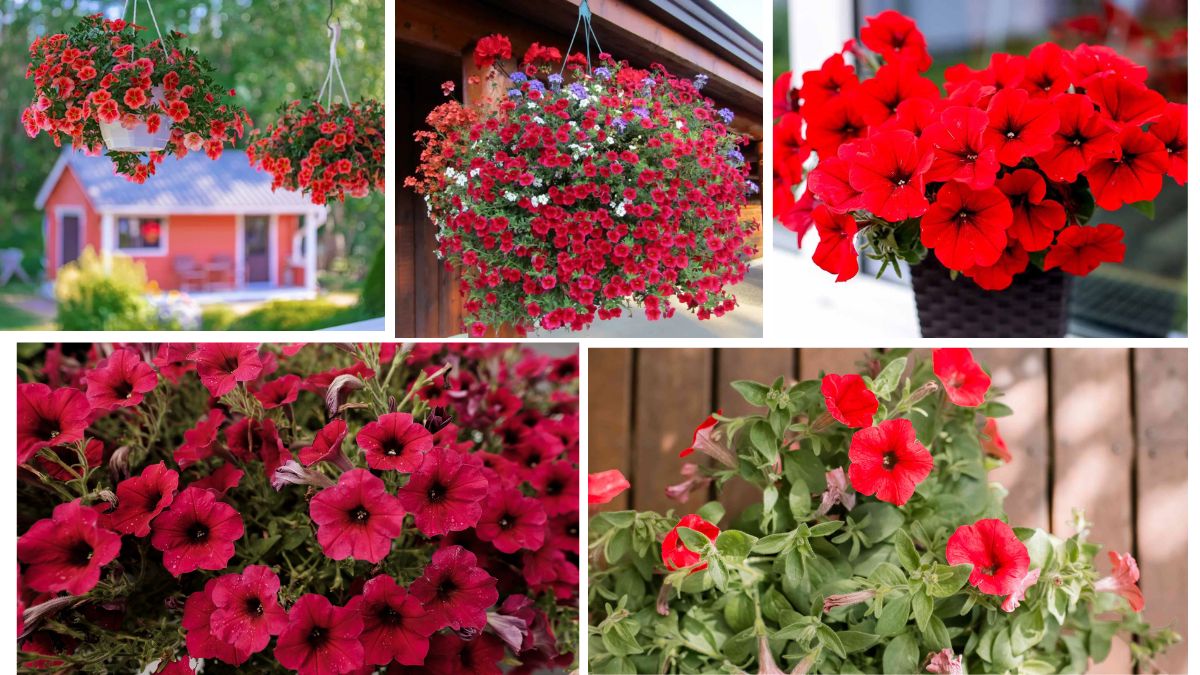Petunias, with their radiant blooms and cascading forms, are among the most beloved flowering plants for patios, balconies, hanging baskets, and garden beds. Known for their brilliant colors and extended flowering period, petunias are easy to grow and bring vibrant energy to any outdoor space. If you’re looking to elevate your patio’s charm, mastering the art of growing petunias is a must. This guide offers detailed and practical tips to help you cultivate healthy, flourishing petunias that will make your patio the talk of the neighborhood.
Why Choose Petunias for Your Patio?
Petunias are low-maintenance and versatile, available in a wide range of colors including pink, red, purple, white, yellow, and even striped or spotted varieties. Their adaptability to containers and their long blooming season—from spring through fall—make them a favorite for patio gardeners. Whether you prefer trailing types for hanging baskets or compact mounding types for pots, petunias are the perfect choice to add brightness and life to your space.
1. Selecting the Right Location: Sun Is Key

Petunias are sun-loving plants. For lush growth and continuous flowering, they need:
- At least 6–8 hours of full sunlight daily.
- A spot sheltered from strong winds, especially if placed in hanging baskets or containers.
- If your patio is partially shaded, opt for multiflora or milliflora petunias, which can tolerate slightly less light.
Lack of sunlight leads to leggy growth and reduced flowering, so sun exposure is critical for a vibrant display.
2. Choosing the Ideal Petunia Variety
There are four main types of petunias, each suitable for different patio designs:
Grandiflora:
- Large, showy flowers (up to 5 inches).
- Ideal for pots and garden beds.
- Less tolerant of rain but stunning in appearance.
Multiflora:
- Smaller, numerous blooms.
- More weather-resistant.
- Great for exposed patios or windy balconies.
Milliflora:
- Tiny, delicate blooms.
- Compact growth—perfect for small pots and patio tables.
Spreading or Wave Petunias:
- Excellent for hanging baskets and railing boxes.
- Fast growers and prolific bloomers.
- Require more space but create a spectacular cascading effect.
Select varieties based on your patio’s layout and desired effect.
3. Soil Preparation: Well-Drained and Rich
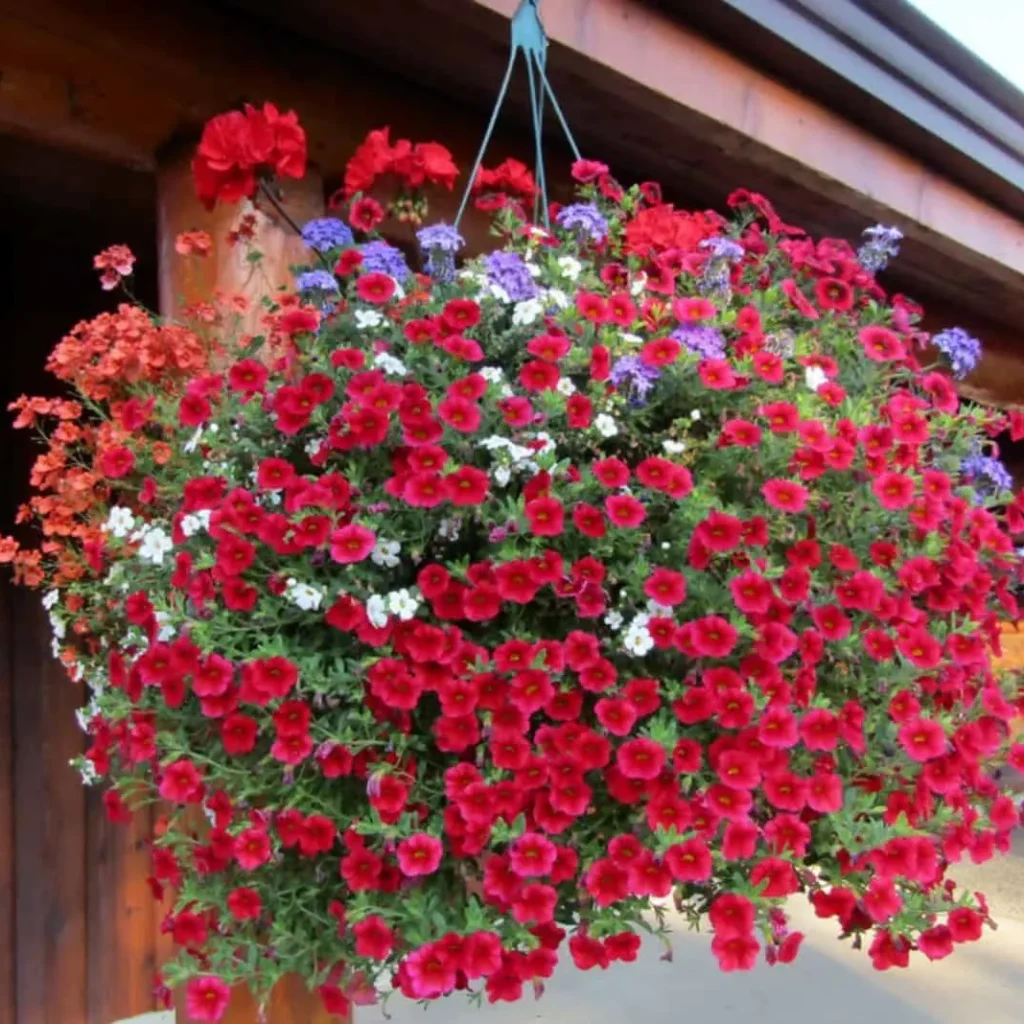
Petunias thrive in light, fertile, and well-draining soil. Tips for perfect potting mix:
- Use a high-quality potting mix with added perlite or vermiculite.
- Enrich with organic compost or peat moss for better moisture retention.
- Maintain a slightly acidic to neutral pH (6.0 to 7.0).
Avoid heavy garden soil in containers, as it can lead to root rot and compaction.
4. Watering the Right Way
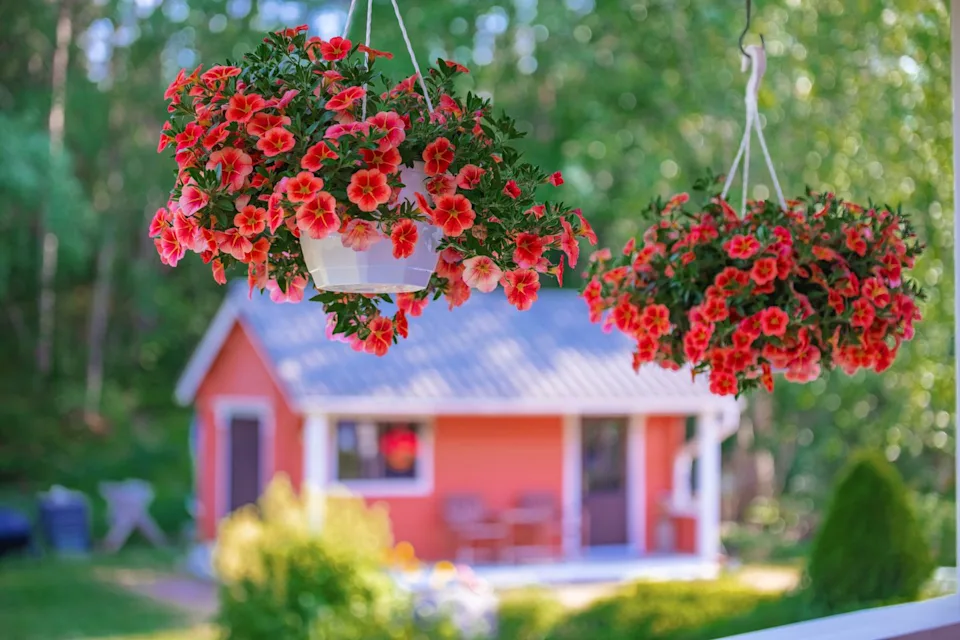
Watering petunias can be tricky—they dislike being too dry or too soggy. Follow these watering tips:
- Water deeply when the top inch of soil feels dry.
- Ensure drainage holes in containers are not blocked.
- Avoid overhead watering to reduce the risk of fungal diseases.
- During hot summer days, daily watering may be required for hanging baskets.
Consistency is key: irregular watering can cause flower drop or stunted growth.
5. Fertilizing for Lush Blooms
Petunias are heavy feeders, especially when grown in containers. Boost flowering with these fertilizing tips:
- Use a balanced water-soluble fertilizer (10-10-10 or 20-20-20) every two weeks.
- Supplement with liquid seaweed or fish emulsion monthly for extra vigor.
- Reduce nitrogen in mid-season to encourage more flowers and less foliage.
- Slow-release fertilizers at planting time can provide steady nutrition.
Well-fed petunias bloom profusely and maintain their vibrant colors longer.
6. Pruning and Deadheading: Keeping Petunias Tidy
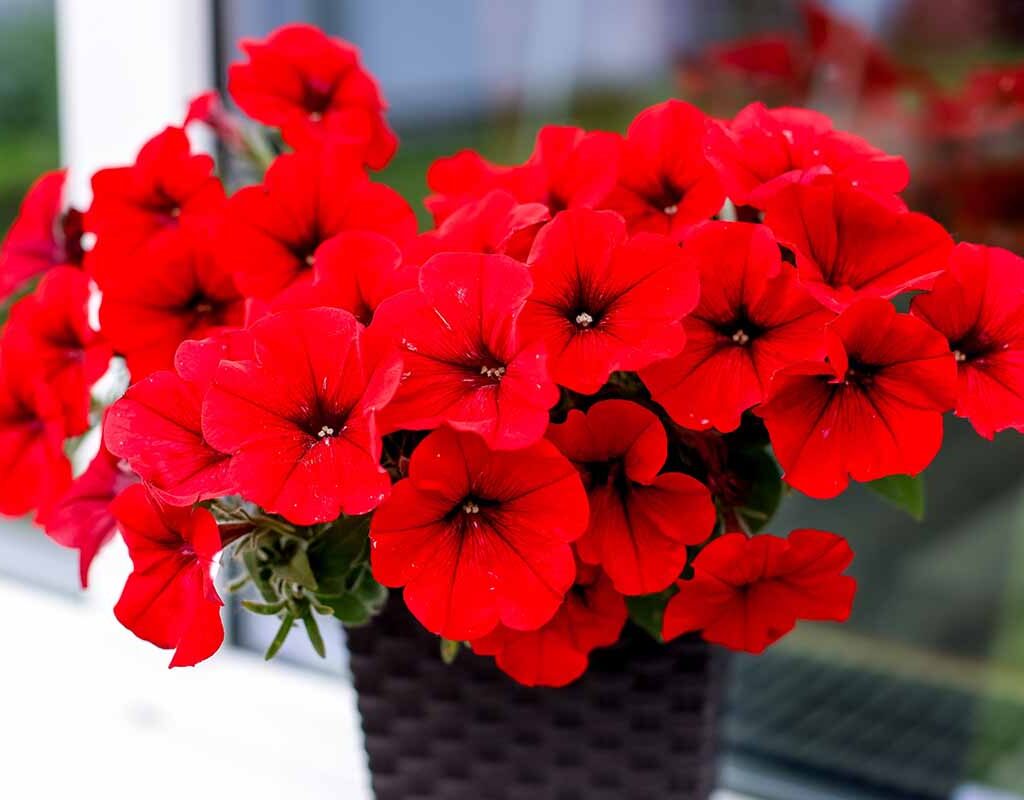
To keep petunias looking their best:
- Deadhead regularly—remove faded blooms to encourage new flowers.
- Pinch back leggy stems to promote bushier growth.
- For Wave petunias, deadheading isn’t strictly necessary, but a mid-season haircut can rejuvenate them.
Regular grooming enhances flowering and extends the blooming period into late fall.
7. Pests and Disease Management
Petunias are generally pest-resistant but can occasionally face issues such as:
Common Pests:
- Aphids – Spray with neem oil or insecticidal soap.
- Spider mites – Increase humidity or use miticides.
- Caterpillars – Handpick or use Bacillus thuringiensis (Bt).
Common Diseases:
- Powdery mildew – Ensure good air circulation.
- Root rot – Avoid overwatering and ensure drainage.
- Botrytis (gray mold) – Remove affected flowers and avoid crowding.
Vigilance and good maintenance practices will help you avoid major problems.
8. Weather Considerations
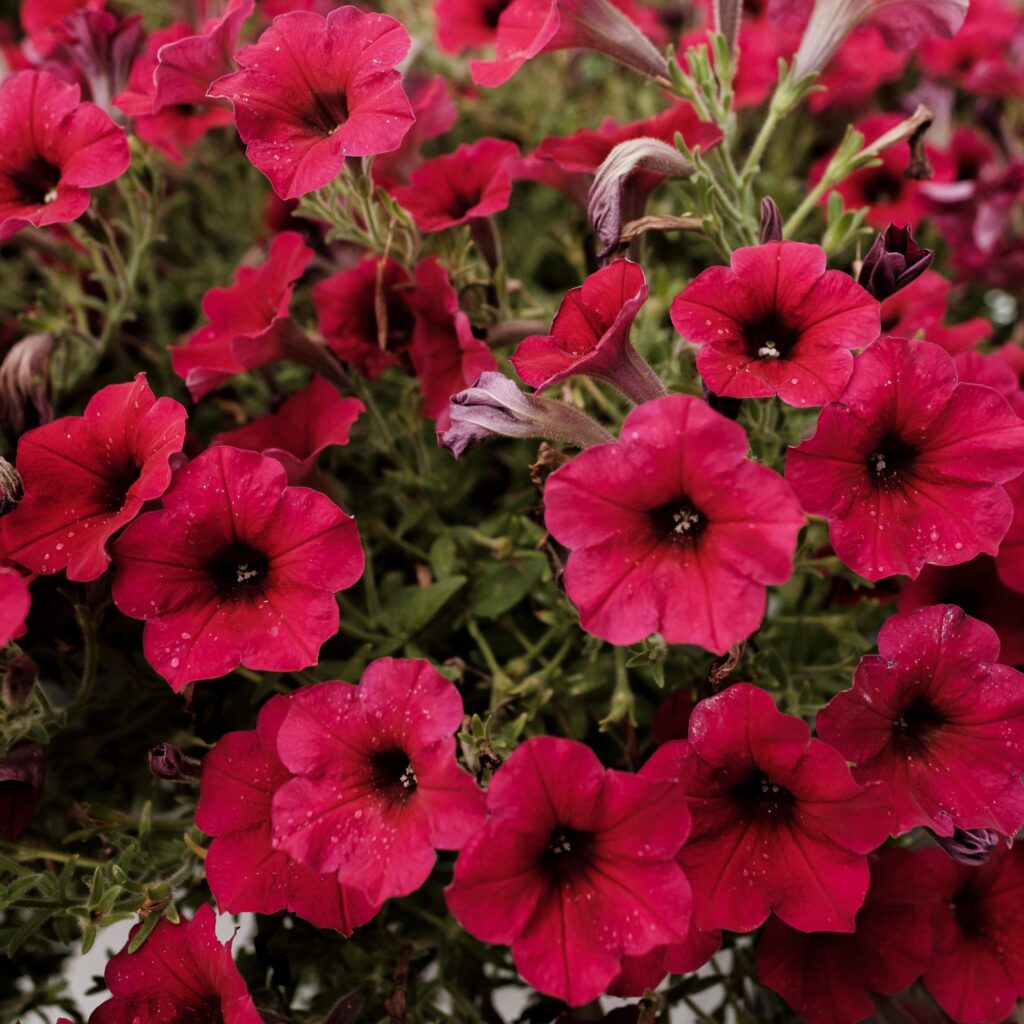
Though petunias love warmth, they are not frost-tolerant. For seasonal growing:
- Plant outdoors only after the last frost date in spring.
- If an unexpected cold snap hits, bring containers indoors or cover with frost cloth.
- In tropical and warm regions, petunias can be grown year-round as perennials.
During extreme summer heat, provide afternoon shade or mist lightly to reduce stress.
9. Container Design Tips for Patios
Maximize your patio’s visual appeal by creatively using petunias:
- Combine petunias with calibrachoa, verbena, or lobelia for contrasting textures.
- Use color blocking—group similar colors for a dramatic effect.
- Mix trailing and upright varieties in large containers or rail planters.
- For a classic look, pair with green foliage plants like dusty miller or sweet potato vine.
Petunias blend beautifully with other plants and thrive in creative arrangements.
10. Prolonging the Color Show
Petunias can bloom continuously with proper care. To keep the color alive:
- Reapply fertilizer as the season progresses.
- Rejuvenate tired plants by cutting them back by one-third in mid-summer.
- Replace older or faded plants with fresh seedlings or cuttings for extended vibrancy.
You can even propagate petunias through stem cuttings placed in water or moist soil to replace aging plants.
Final Thoughts: Turn Your Patio into a Floral Wonderland
Petunias are the ultimate flower for any patio enthusiast—colorful, adaptable, and reliably blooming with a bit of love and care. Whether you’re aiming for elegant single-color arrangements or wild rainbow displays, petunias can bring your outdoor space to life with their vibrant charm.
With the right soil, sun, feeding, and occasional grooming, your patio can transform into a cheerful retreat bursting with petunia petals all season long. Follow these tips, experiment with varieties, and let your creativity flourish!
